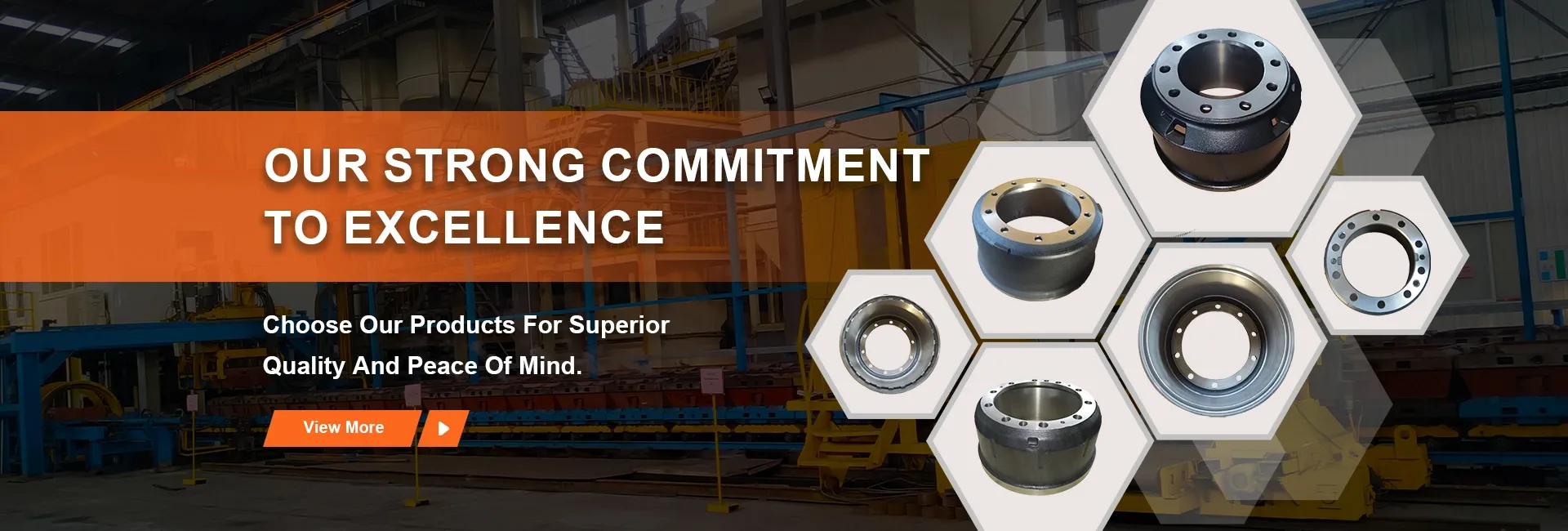
-
 Afrikaans
Afrikaans -
 Albanian
Albanian -
 Amharic
Amharic -
 Arabic
Arabic -
 Armenian
Armenian -
 Azerbaijani
Azerbaijani -
 Basque
Basque -
 Belarusian
Belarusian -
 Bengali
Bengali -
 Bosnian
Bosnian -
 Bulgarian
Bulgarian -
 Catalan
Catalan -
 Cebuano
Cebuano -
 Corsican
Corsican -
 Croatian
Croatian -
 Czech
Czech -
 Danish
Danish -
 Dutch
Dutch -
 English
English -
 Esperanto
Esperanto -
 Estonian
Estonian -
 Finnish
Finnish -
 French
French -
 Frisian
Frisian -
 Galician
Galician -
 Georgian
Georgian -
 German
German -
 Greek
Greek -
 Gujarati
Gujarati -
 Haitian Creole
Haitian Creole -
 hausa
hausa -
 hawaiian
hawaiian -
 Hebrew
Hebrew -
 Hindi
Hindi -
 Miao
Miao -
 Hungarian
Hungarian -
 Icelandic
Icelandic -
 igbo
igbo -
 Indonesian
Indonesian -
 irish
irish -
 Italian
Italian -
 Japanese
Japanese -
 Javanese
Javanese -
 Kannada
Kannada -
 kazakh
kazakh -
 Khmer
Khmer -
 Rwandese
Rwandese -
 Korean
Korean -
 Kurdish
Kurdish -
 Kyrgyz
Kyrgyz -
 Lao
Lao -
 Latin
Latin -
 Latvian
Latvian -
 Lithuanian
Lithuanian -
 Luxembourgish
Luxembourgish -
 Macedonian
Macedonian -
 Malgashi
Malgashi -
 Malay
Malay -
 Malayalam
Malayalam -
 Maltese
Maltese -
 Maori
Maori -
 Marathi
Marathi -
 Mongolian
Mongolian -
 Myanmar
Myanmar -
 Nepali
Nepali -
 Norwegian
Norwegian -
 Norwegian
Norwegian -
 Occitan
Occitan -
 Pashto
Pashto -
 Persian
Persian -
 Polish
Polish -
 Portuguese
Portuguese -
 Punjabi
Punjabi -
 Romanian
Romanian -
 Russian
Russian -
 Samoan
Samoan -
 Scottish Gaelic
Scottish Gaelic -
 Serbian
Serbian -
 Sesotho
Sesotho -
 Shona
Shona -
 Sindhi
Sindhi -
 Sinhala
Sinhala -
 Slovak
Slovak -
 Slovenian
Slovenian -
 Somali
Somali -
 Spanish
Spanish -
 Sundanese
Sundanese -
 Swahili
Swahili -
 Swedish
Swedish -
 Tagalog
Tagalog -
 Tajik
Tajik -
 Tamil
Tamil -
 Tatar
Tatar -
 Telugu
Telugu -
 Thai
Thai -
 Turkish
Turkish -
 Turkmen
Turkmen -
 Ukrainian
Ukrainian -
 Urdu
Urdu -
 Uighur
Uighur -
 Uzbek
Uzbek -
 Vietnamese
Vietnamese -
 Welsh
Welsh -
 Bantu
Bantu -
 Yiddish
Yiddish -
 Yoruba
Yoruba -
 Zulu
Zulu
drum brakes vs
Drum Brakes vs. Disc Brakes A Comprehensive Comparison
When it comes to automotive braking systems, the debate between drum brakes and disc brakes has been ongoing for decades. These two types of brakes serve the same fundamental purpose—providing the necessary stopping power for vehicles—but they do so using different mechanisms and have distinct advantages and disadvantages. To understand which system is better, it is essential to explore their designs, performance, maintenance needs, and applications.
Design and Function
Drum Brakes Drum brakes consist of a hollow drum that rotates with the wheel and brake shoes that press against the inside of the drum when the brakes are applied. This friction slows down the rotation of the wheel, allowing the vehicle to decelerate. Drum brakes are typically found on the rear wheels of older vehicles and on some budget-friendly cars.
Disc Brakes Conversely, disc brakes feature a flat disc (or rotor) that is attached to the wheel. When the brakes are applied, brake pads squeeze the disc from either side, creating friction that generates the necessary stopping power. This design allows for better heat dissipation, making disc brakes more effective for high-performance applications.
Performance
When examining performance, several factors come into play
Heat Dissipation One of the primary advantages of disc brakes is their ability to dissipate heat effectively. When brakes are applied, friction generates heat, and excessive heat can lead to brake fade—a temporary loss of braking efficiency. Disc brakes, due to their design, allow for better air circulation and cooling, reducing the risk of brake fade.
Stopping Power Disc brakes generally provide superior stopping power compared to drum brakes, especially in high-speed or heavy-load situations. This makes them a popular choice for sports cars and performance vehicles where quick stopping distances are crucial.
Maintenance
drum brakes vs

Drum Brakes While drum brakes are generally simpler and cheaper to manufacture, they can be more challenging to maintain. The enclosed design of the drum can trap dust and debris, leading to faster wear of the brake shoes and other internal components. As a result, drum brakes often require more frequent inspections and servicing to ensure optimal performance.
Disc Brakes Disc brakes, on the other hand, are easier to inspect and maintain. The open design allows for better visibility of the brake pads and rotor, making it easier to spot wear and damage. Additionally, disc brake pads usually wear more evenly, extending their lifespan and making them more cost-effective in the long run.
Applications
In terms of applications, both types of brakes have their niches
Drum Brakes Due to their cost-effectiveness and simplicity, drum brakes are often used in budget vehicles, older cars, and on the rear wheels of light trucks. They are generally adequate for normal driving conditions and can handle moderate braking demands.
Disc Brakes Disc brakes are now the standard on most modern vehicles, especially in the front (where the majority of braking force is applied). They are prevalent in sports cars, performance vehicles, and heavy-duty trucks, where maximum stopping power and heat dissipation are critical.
Conclusion
In summary, both drum brakes and disc brakes have their unique advantages and disadvantages. Drum brakes are cost-effective and simple, making them suitable for specific applications. However, their performance is generally inferior to that of disc brakes, especially in high-demand situations. Disc brakes, with their superior heat dissipation and stopping power, are increasingly becoming the choice for modern vehicles.
Ultimately, the choice between drum brakes and disc brakes depends on the vehicle's design, intended use, and performance requirements. As automotive technology continues to evolve, it is likely that disc brakes will become even more prevalent, as manufacturers seek to enhance safety and performance through improved braking systems.
-
Rear Drum Brakes Maintenance TipsNewsAug.04,2025
-
Key Components Affecting Brake Drum FunctionNewsAug.04,2025
-
Important Inspection for Truck Drum BrakeNewsAug.04,2025
-
How to Prepare for Changing Rear Drum BrakesNewsAug.04,2025
-
Essential Tools for Cleaning Drum Brakes ProperlyNewsAug.04,2025
-
Brake Drum Function GuideNewsAug.04,2025
-
Safety Features of Red Brake DrumsNewsAug.01,2025
